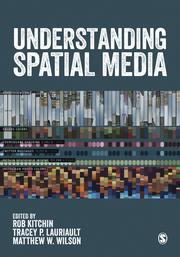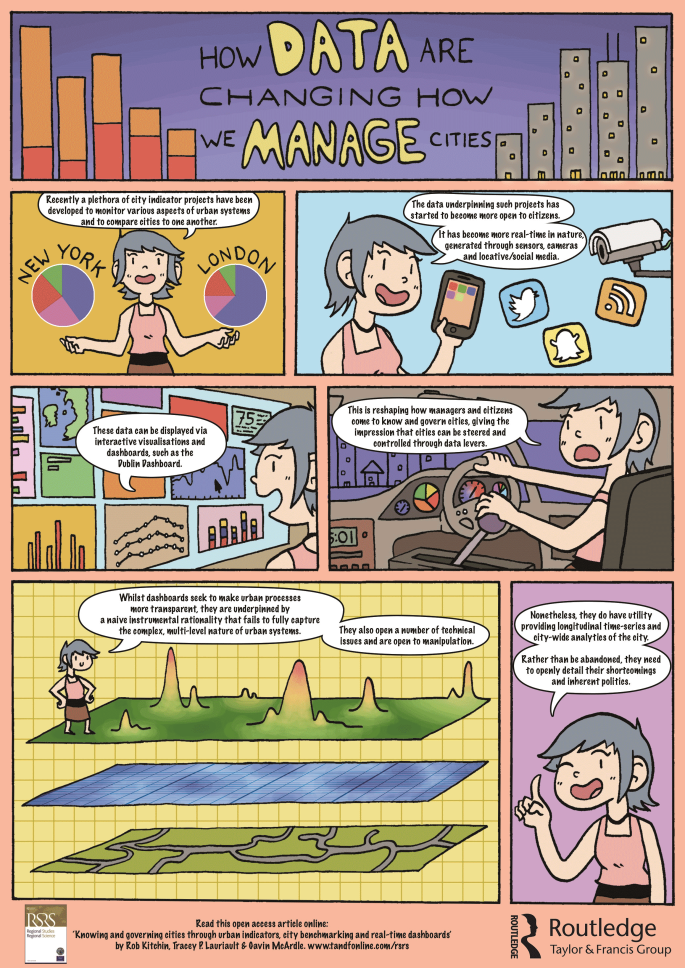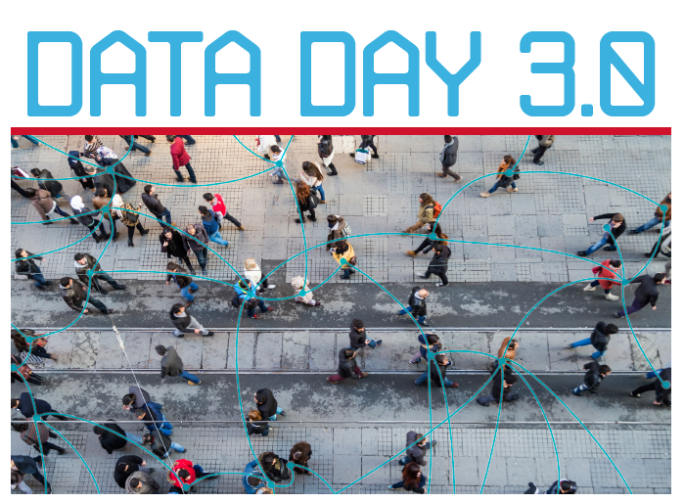 Understanding Spatial Media came out this year. It was fantastic to work with the Editors Rob Kitchin and Matthew Wilson as well as all of the authors of the 22 chapters. The book provides an excellent overview of the domain, and the first chapter in particular, primarily written by Rob, situates the what Spatial Media are and critically discusses the practices and the discourse. We are moving into a new era, and I think it will be a machine/sensor/smart/autonomous/data based spatial media. Lets see!
Understanding Spatial Media came out this year. It was fantastic to work with the Editors Rob Kitchin and Matthew Wilson as well as all of the authors of the 22 chapters. The book provides an excellent overview of the domain, and the first chapter in particular, primarily written by Rob, situates the what Spatial Media are and critically discusses the practices and the discourse. We are moving into a new era, and I think it will be a machine/sensor/smart/autonomous/data based spatial media. Lets see!
CODS17: Open Data Technological Citizenship & Imagined Futures
The 2017 Canadian Open Data Summit was hosted by the city of Edmonton this year. These slides were part of the closing keynote. The talk was well received and it was great to work with public officials who are struggling with trying to administer, deliver programs, be innovative and consult with the public, but who were also receptive to the idea that we need to think at a higher moral and ethical level when deploying technologies. YOu can read the full program here.
Webinar 1: Situating Canadian Cities in an International Smart City Ecosystem
This webinar was hosted by GeoConnections and created in collaboration with Open North. At least 150 people participated in the event across the country. It is the outcome of a larger GeoConnections funded project entitled Open Smart Cities and I am really happy to be a part of it and to be working with Jean-Noe Landry (ON), Rachel Bloom (ON), David Fewer (CIPPIC) and Mark Fox from (U of T).
Le CHIFFRE et la CARTE
I am just back from a fantastic 3 days with history of science and statistics scholars from France, Austria, Hungary, Mexico, Brazil, Argentina, Mexico, the US and Canada. In addition to the list of countries of the participants, articles discussed Cuba, Ethiopia, Senegal, and Kansas. The Colloque Le CHIFFRE et la CARTE was intellectually very stimulating with numerous critical data case studies from around the world by scholars who were not aware that critical data studies exists. This was thick description humanities work with a great many fans of Foucault, Hacking, Dupaquier, Desrosier, and Curtis. A few of the articles that were discussed are published in English and in French, in Histoire & Mesure Vol.32 No1, 2017. I was also introduced to this great French, English and Spanish Open Access Journal Statistique et Societe Statistics and Society Estadistica y Sociedad.
Critical data studies can benefit from working outside of English, outside of the West, beyond urban, by being more empirical, and should be less a-historical. There is a need to look at the history of science, statistics and technology, especially since the lesson learned from the past still apply today.
You can read the full program of the Colloque here.
The provenance of the colloque stems from earlier edited work done by Jean-Pierre Beaud and Jean-Guy Prevost in this wonderful work entitled L’ ère du chiffre / The Age of Numbers / Systèmes statistiques et traditions nationales/Statistical Systems and National Traditions, with key papers from Ian Hacking, Alain Desrosiere, Bruce Curtis, Theodore Porter and many others. It also is part of the work of Centre interuniversitaire de recherche sur la science et la technologie (CIRST) based at the University of Montreal.
Sometimes academics are cartoonish!
You can find the paper here Knowing and governing cities through urban indicators, city benchmarking and real-time dashboards by Rob Kitchin, Tracey P. Lauriault & Gavin McArdle.

Homelessness Data Discussion
The Calgary Homeless Foundation and The School of Public Policy at the University of Calgary held the First Annual Canadian Homelessness Data Sharing Initiative Calgary and the outcome of which is well described here.
Ongoing Research in Data Studies: Data Day 2016
This was part of a talk given at the 2016 Data Day 3.0 held by the Institute for Data Science at Carleton University.
The research for the studies discussed in these slides was funded by a European Research Council Advanced Investigator award ERC-2012-AdG-323636-SOFTCITY. I would like to express my gratitude to Ordnance Survey Ireland (OSi), Dublin City Council and the Open Data Community in Ireland for generously sharing their knowledge and time.
Data Based Translations / Re-Playing Memories
Presented on March 3, 2016 at the CGC 2016 Conference Play / Rewind River Building, Carleton University, Ottawa, Ontario, Canada.
This is early thinking about translating place names in a post-colonial socio-technological and national context. In Ireland the place name, have been translated from Gaelic to English and back again, transcribed on paper, digitized into maps and then into a linked database – thus augmenting the interconnections with Irish digital artifacts be them descriptions of archaeological and historical artifacts and places but also linked to historical texts, photographs, letters which discuss, references or represent these places. The first Translations were portrayed by playwright Brian Friel.
In the context of place names in Canada’s North it is about translating place names from their aural record in the context of Inuit local and traditional knowledge into digital records and recordings, creating typologies based on their emergence, and then mapping these into atlases. This is a process of translation by remediation and appropriating western legal and record keeping frameworks to preserve and share this knowledge.
In both cases, in Ireland and Canada’s North it is about media translations which re-play memories and by re-mediating them into a database create news.
GI Management Transformation: from geometry to databased relationships
GI Management Transformation: from geometry to databased relationships Ordnance Survey Ireland GI R&D Initiatives Tuesday, 22 March 2016, 13:00 to 20:30 (GMT) , Maynooth University, Republic of Ireland
The research for this paper was funded by a European Research Council Advanced Investigator award (ERC-2012-AdG-323636-SOFTCITY. I would like to express my gratitude to all at Ordnance Survey Ireland (OSi) for generously sharing their knowledge and time.
Translating Databased Meaning
Presentation to the 2015 Geographical Names Board of Canada 16th Annual Meeting 395 Wellington, Ottawa, Ontario, Canada.

